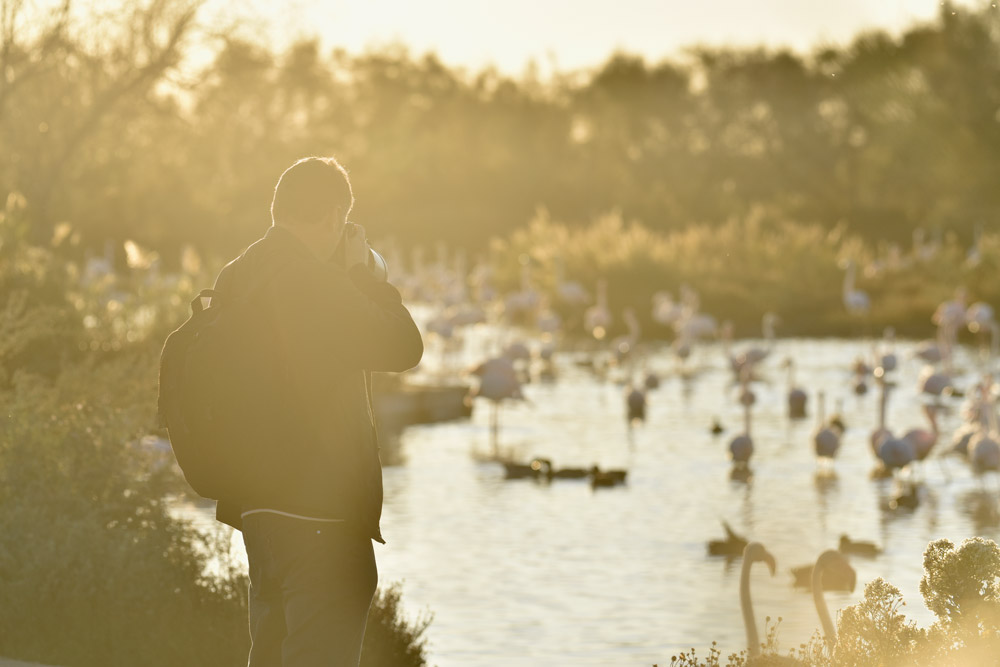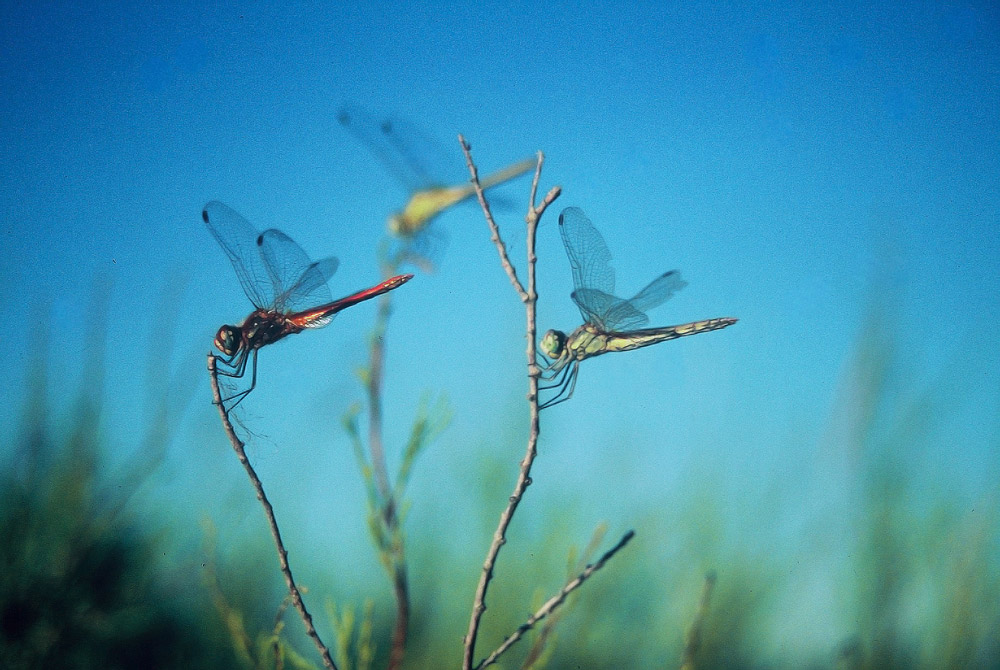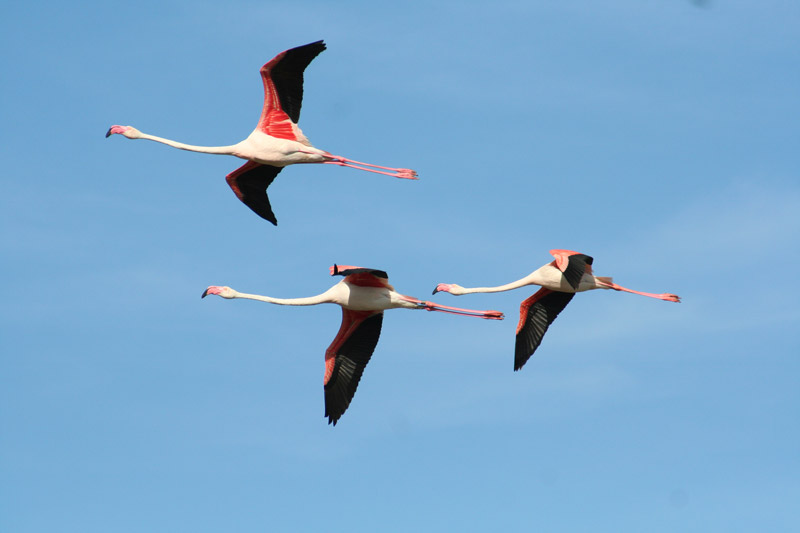At first sight, you might find the land very flat. Take a closer look and you will soon understand its diversity. If you want to discover it all, you have to explore its secrets. Let yourself be surprised by the landscapes around the ponds, marshes and brackish lagoons, by the sansouïres, dunes, beaches and farmlands for rize and livestock!
Flora of the Camargue
The flora has adapted to the conditions of an area that one might think to be hostile to plant life. But the vegetation is tenacious even during the hottest days of summer when salt rises to the surface, when the earth cracks and the mistral carves the dunes and flattens the tamaris. On this land without relief, salicornia, saltwort and saladelle form the sansouïre: in spring it looks like a green Mediterranean meadow, before turning grey in summer and red in autumn. It’s an ever changing picture drawing new colors on the land.
1,200 plant species are identified, representing close to 1/4 of the flora of France. This botanical richness offers an ideal habitat for a large number of animal species; especially for birds that find food, shelter and breeding sites.
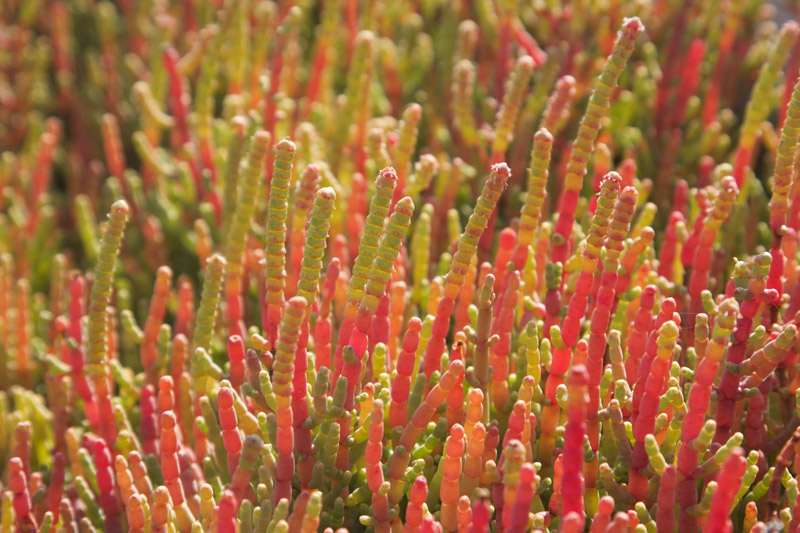
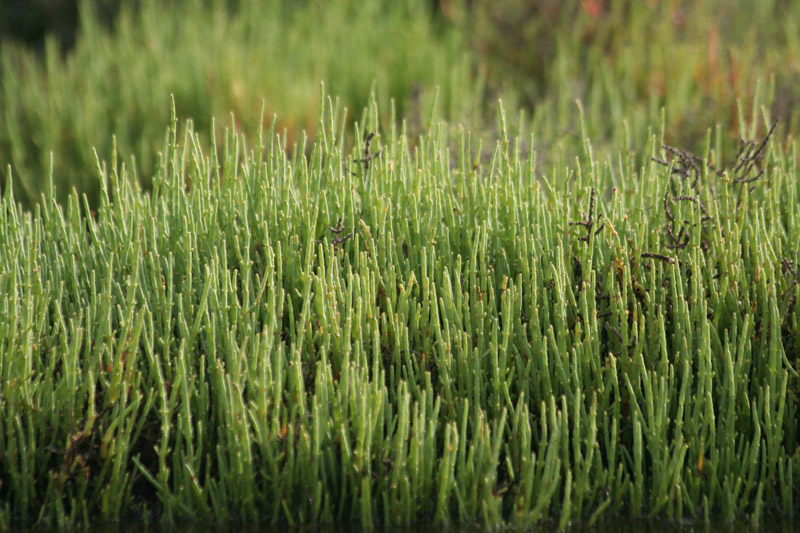


A treasure trove for wildlife
The island of Camargue is an important spot for migratory birds. About 1 million transit in the delta every year. It is also a shelter to 150,000 birds throughout the year, such as the emblematic flamingos. It’s where they feed from tiny crustaceans who color their plumage. 398 bird species have been recorded in the Camargue. This represents more than half of the species known in France. 132 of these species nest in the area. The Camargue is the most important national area of avifauna.
An Ornithologist or simply curious? Check out different sites with free or regulated access to observe birds!
44 species of mammals (109 recorded in France), 10 species of amphibians and 15 species of reptiles, including beavers, otters, Cistude turtles,… also testify of the rich fauna. Many of them are listed as protected species in Europe.
The beaver is back in the Camargue
Widely spread on both arms of the Rhône, the Eurasian beaver had disappeared from the delta for several decades before showing up again about 10 years ago. A true ambassador of biodiversity, the beaver is an engineer animal, the only mammal apart from men who develops his living space to this extent. Its influence on its habitat is far-reaching: it felds trees, builds dikes, digs and tirelessly remodels its environment. Welcome back, beaver!
Thousands of insects
When you think of the Camargue, do you think of mosquitoes? Well, it is not the only insect flying around in the Camargue. There are actually 3,169 recorded species of insects. They play an important part in the food chain, especially for birds, but also for batrachians.
Did you know?
43 species of dragonflies are known in the Camargue. This figure represents more than 50% of the odonates recorded in France.
Bird of the Camargue
115 species of birds are considered natural heritage. They are divided into the following families:
- Ardeideas (herons): 10 species
- Anatidae (ducks, gooses): 27 species
- Limicola (redshanks, sandpipers): 31 species
- Laridea (seagulls, gulls, terns): 15 species
- Other waterbirds: 28 species
5 endangered bird species out of 20 listed in France are present in the Camargue:
- the little bittern
- the red-crested pochard
- the garganey
- the collared pratincole
- the spotted crake
12 local species are listed as “vulnerable”:
- the black-throated loon
- the Eurasian bittern
- the squacco heron
- the great egret
- the tundra swan
- the greylag goose
- the gadwall
- the common ringed plover
- the ruff
- the black-tailed godwit
- the little gull
- the common gull
